5. The Voices (2014)
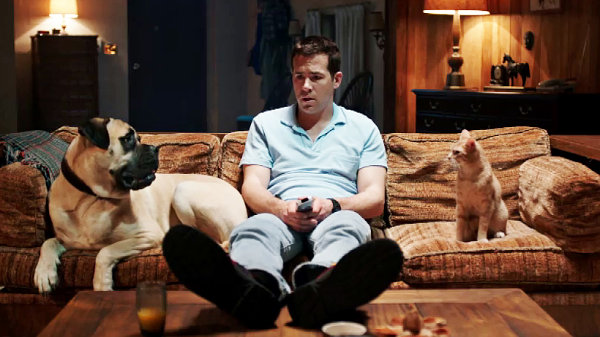
Its humor can be alienating to some, or to many, but to those who enjoy this type of black humor will find “The Voices” truly entertaining. Marjane Satrapi’s vision is certainly something as she puts this likable guy in our center who later goes out of control on a murdering spree because of his sinister pets. It’s even hard to describe the plot without making it sound too weird, but it’s weird in a cool way.
The lead character is played perfectly by Ryan Reynolds in probably his best performance. It’s probably his best because it gives him a chance to do almost everything; it has its charm, it has his dark side, but also when we explore the lead character and the events that led him to become what he is, the movie becomes somewhat sincere and dramatic. Reynolds plays all of those sides exceptionally well, making us find his character as funny, sad and creepy at the same time, which is also the tone the movie goes for.
Then the whole ending has a delightful musical sequence that can be addicting. Reynolds later went on to say about this film: “One of my favorite movies I’ve ever done. Never really got its day in court, but man, it’s weird and fun and beautiful.” He sure is right, though then again given the nature of the film and how its tone won’t necessarily appeal to general audiences, it’s understandable why it remained overlooked. Oh and those pets; he voices them all as well.
4. Deathmaker (1995)
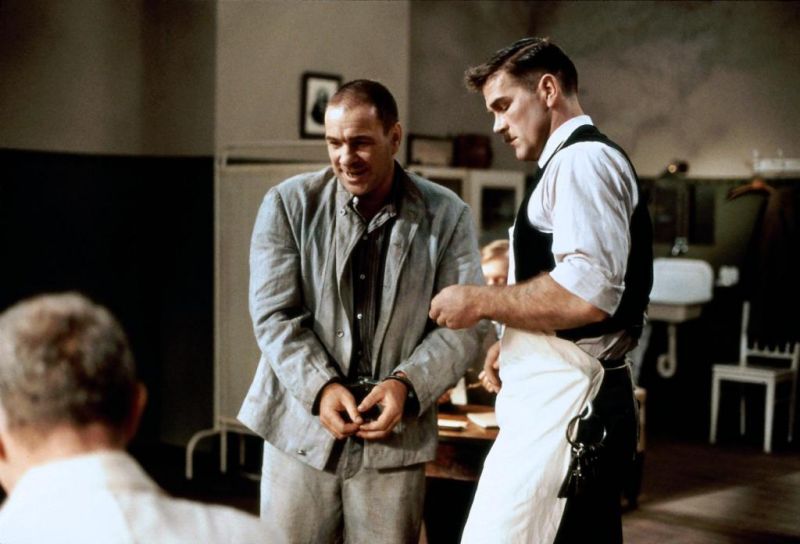
“The Butcher of Hanover,” “The Vampire of Hanover” or “The Wolf-Man” – his nicknames were many. Friedrich Haarmann, shortly “Fritz” Haarmann, was a German serial killer who committed the sexual assault, murder, mutilation, and dismemberment of at least 24 boys and young men between 1918 and 1924 in Hanover, Germany. His case was at the center of attention in Germany and it drew inspiration at the cinema from that time; first in the Fritz Lang masterpiece “M” (1931) where the story and the lead character were highly inspired by this case. This movie, “Der Totmatcher” or “Deathmaker,” is based on the transcripts of the interrogation of Haarmann.
As for the movie, it’s set in August 1924 when the privy councilor Prof. Dr. Ernst Schultze commissioned the investigation of Haarmann in order to prepare a psychiatric report, which should provide information about Haarmann’s sanity. Then they sit around in a room and start to talk. That’s basically it, but that’s also the strength of the movie since the conversations remain interesting and sometimes shocking. When you make a movie like this, you should know how to use the camera for audiences to not get uninvolved and director Romuald Karmakar does a good job with it.
What else is that you also need two compelling performances to make it work and Karmakar has them as well, since both lead performances are portrayed with enough strength. The film was entirely based on the original interrogation protocols of the serial killer Fritz Haarmann. Of the 400 pages, 80 were used in the script and if it all sounds interesting to you, then you should definitely check out this journey into the psycho’s mind.
3. The Boston Strangler (1968)
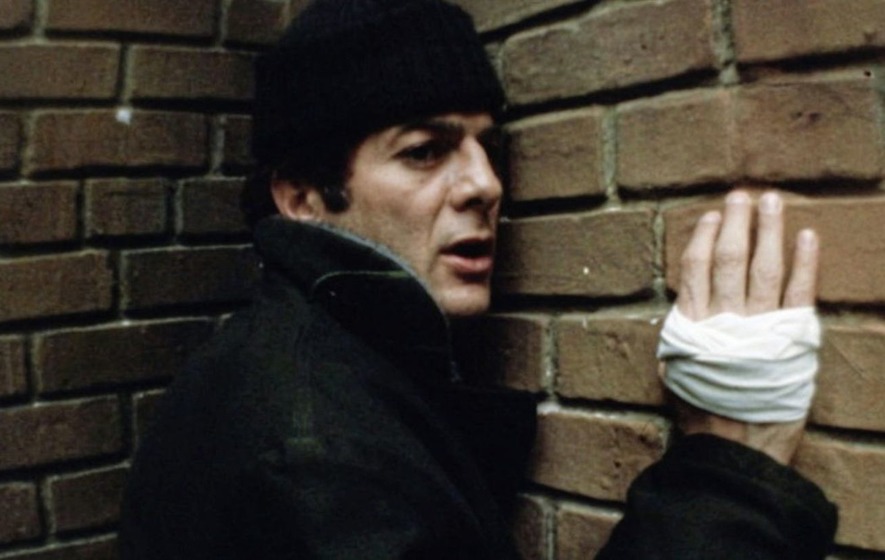
The film shows the investigation, led by John S. Bottomly, to solve a series of murders that took place in Boston in the 1960s. First, old women are murdered, then younger women are attacked. The pressure is put on Bottomly to make the investigation a success.
Based on true events, the “Boston Strangler” was the name given to the murderer of 13 women in the Boston, Massachusetts, area during the early 1960s. The crimes were attributed to Albert DeSalvo based on his confession, details revealed in court during a separate case, and DNA evidence linking him to the final victim. As for the film, it’s pretty original because of its exceptional use of split-screen. Not only does it make the movie more interesting, but it also helps it to remain engaging and even thought-provoking. Its innovative use, however, can be disorienting for some viewers.
The first half of the film focuses on the investigation and then after the first hour ends, we get to see Tony Curtis delivering an exceptional performance in somewhat of a creepy role, but it’s one of those performances where no matter how unpleasant he gets, you understand the character and even feel pity for him. The film puts a great balance between drama and thriller and those last 20 minutes between Curtis and Henry Fonda, who plays the detective, are some of the finest moments of ‘60s cinema.
2. Le Boucher (1970)
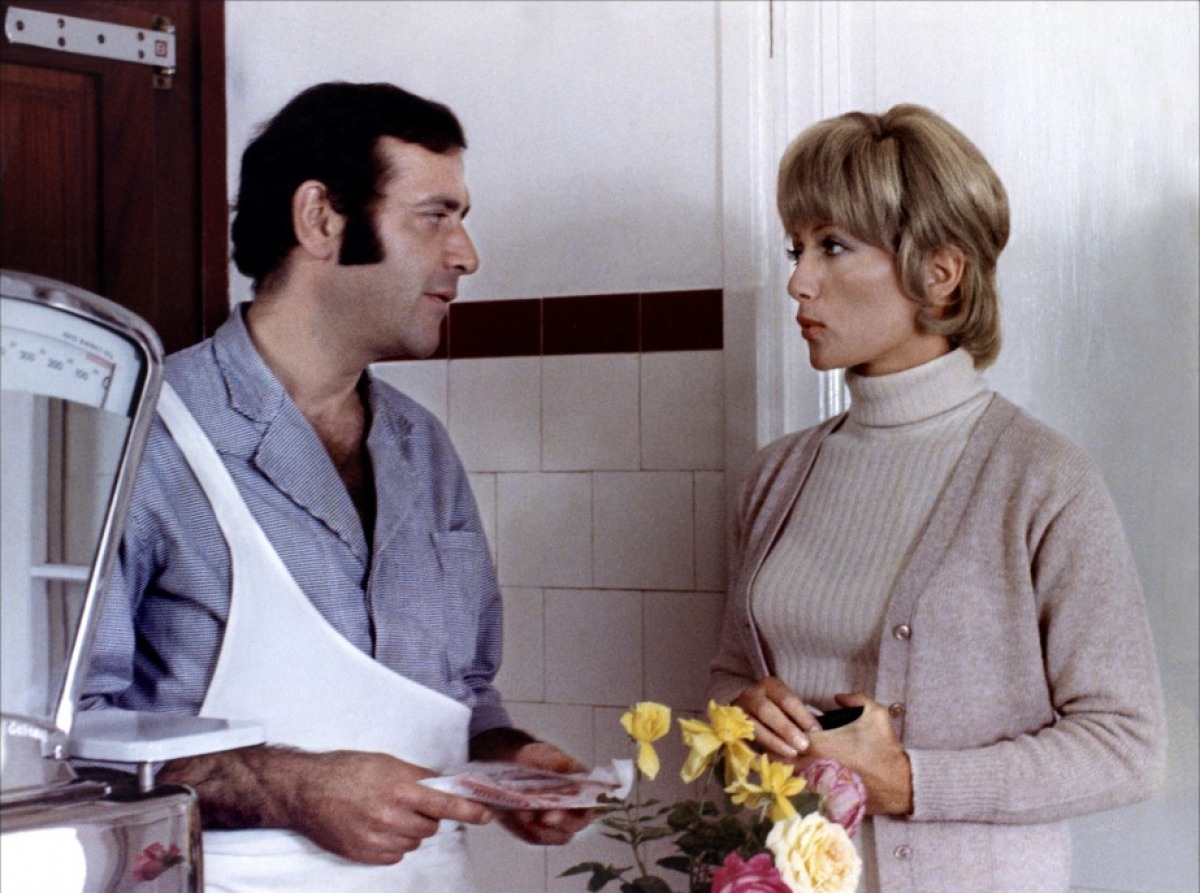
“Their blood all smells the same, that of animals and that of humans. Some is more red than others, but all have exactly the same smell.” Appreciated in cinephile circles but not enough among a broader audience, “Le Boucher” is one of those films that you can watch and realize what a special talent Claude Chabrol had.
The movie takes place in a rural French village. We get to see schoolteacher Helene in a wedding celebration. She’s portrayed by Stephane Audran, whose face can be more fascinating than any story in any film, but the story goes to simple and also rich places. We see Helene talking to the local butcher Popaul (Jean Yanne) who has returned from the army after 15 years. While we watch their relationship grow, the town falls victim to a serial killer preying on the women of the village.
Chabrol creates such interesting characters and gives to such exceptional actors who deliver nuanced, beautiful performances that we keep caring about them through the film, but he also sets up a wonderful tone for the movie; reminiscent of Hitchcock a little. But don’t make my comparison fool you, it’s a Chabrol film through and through. And when the climax comes, it becomes one of the haunting scenes you’ll ever see in a movie. The reason why it’s not more popular among general audiences and remains somewhat underrated is that “nothing much happens in this movie,” but no, if you look closely, a lot happens and it happens in a beautiful way.
1. 10 Rillington Place (1971)
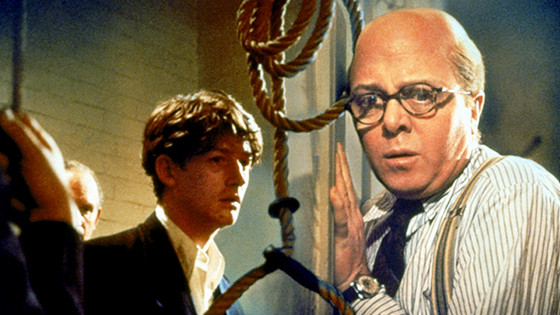
This case is pretty well known in Britain, but in case if you haven’t seen this movie or haven’t heard much about the plot, it’s better to not spoil it much. “10 Rillington Place” is a truly chilling film about British serial killer John Christie, who’s portrayed brilliantly and hauntingly by Richard Attenborough. Christie committed many of his crimes in the titular London terraced house and the film focuses on his life and psychology, as well as his neighbors, the Evans couple – Timothy and Beryl. It’s worth noting that Timothy is portrayed by John Hurt, who later got his first BAFTA nomination. It was basically his breakthrough as a movie actor and we know what a legend he became in his career.
Like “Rampage” and probably other films on the list like “Deathmaker,” the idea of capital punishment and death penalty are central to the story to some degree, which means watching all those movies can provide different perspectives and discussions on the subject. While the movie doesn’t necessarily get too deep into its social aspects, it remains as a truly engaging and mostly convincing character study.
The movie was adapted by Clive Exton from the book “Ten Rillington Place” by Ludovic Kennedy and if you like the film, you may want to check out the even more underrated and less-seen BBC miniseries titled “Rillington Place” with Tim Roth and Samantha Morton. While the show itself was not necessarily of the same quality as this film, it explores its characters even more and Roth is also powerful as was Attenborough in the leading role. In the end, “10 Rillington Place” is not only a constantly interesting, haunting character study of a serial killer, it’s also a devastating film about a tragedy of some other man.